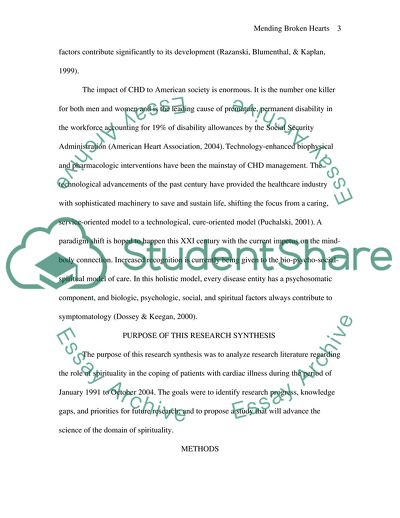Cite this document
(Cardiac Illness Essay Example | Topics and Well Written Essays - 1250 words, n.d.)
Cardiac Illness Essay Example | Topics and Well Written Essays - 1250 words. https://studentshare.org/medical-science/1775858-mending-broken-hearts-the-role-of-spirituality-in-cardiac-illness
Cardiac Illness Essay Example | Topics and Well Written Essays - 1250 words. https://studentshare.org/medical-science/1775858-mending-broken-hearts-the-role-of-spirituality-in-cardiac-illness
(Cardiac Illness Essay Example | Topics and Well Written Essays - 1250 Words)
Cardiac Illness Essay Example | Topics and Well Written Essays - 1250 Words. https://studentshare.org/medical-science/1775858-mending-broken-hearts-the-role-of-spirituality-in-cardiac-illness.
Cardiac Illness Essay Example | Topics and Well Written Essays - 1250 Words. https://studentshare.org/medical-science/1775858-mending-broken-hearts-the-role-of-spirituality-in-cardiac-illness.
“Cardiac Illness Essay Example | Topics and Well Written Essays - 1250 Words”. https://studentshare.org/medical-science/1775858-mending-broken-hearts-the-role-of-spirituality-in-cardiac-illness.


